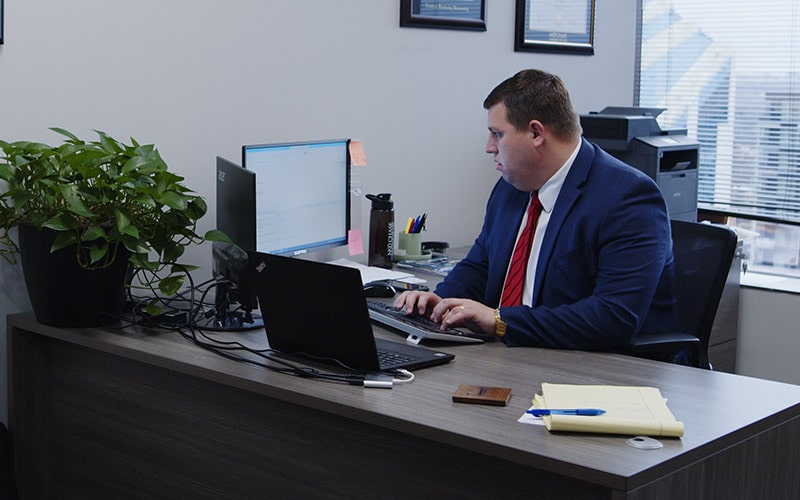
Menu
We focus our attention on Northern Kentucky. So you don’t have to go far to work with an excellent attorney.
Every legal case is different. Together we will form a personalized plan to achieve your goals.
Feel confident knowing we will leave no stone unturned to get you the defense you deserve.
We focus our attention on Northern Kentucky. So you don’t have to go far to work with an excellent attorney.
Every legal case is different. Together we will form a personalized plan to achieve your goals.
Feel confident knowing we will leave no stone unturned to get you the defense you deserve.
As business owners ourselves, we bring a unique perspective and level of expertise to all business cases we handle. Save time and energy by partnering with attorneys who understand the challenges you face everyday and know the pressures of running a business.
Learn MoreOur attorneys offer a wide range of litigation services. We make it a priority to build the strongest defense possible and prepare you for court to maximize our chances of achieving a favorable result.
Learn MoreWhen it comes to personal counsel and litigation services, Gatlin Voelker is the firm you can trust. We offer individualized service that hinges on getting to know your specific needs and working toward your goals together.
Learn MoreOur attorneys are no stranger to both sides of labor and employment cases. We have defended both employees and businesses in non-compete issues, workers compensation cases, construction disputes, and more.
Learn MoreIt’s never too early to start planning for the future. Our decades of experience and tailored solutions will give you peace of mind knowing your estate will be taken care of in the manner of your choosing.
Learn MoreWe provide legal services for numerous governmental agencies, including counties, cities, planning commissions, and the school board. We understand the complexities of government law and will help you find resolution.
Learn MoreNothing is more important to us than our clients. Here’s what you can expect when you give us a call:
1
We will set up a meeting in person, on video, or over the phone
2
Set a budget and determine an action plan to achieve your goals
3
We’ll keep you posted about your case, and you can call our cell phones anytime
Fill out the contact form, call us or send us a text, 24/7. We are here to serve you, please don’t hesitate to reach out and get answers to your immediate legal questions.
(859) 781-9100 Text Us